The Sun
Our Sun is a dynamic astronomical object. Besides creating huge amounts of energy through the process of nuclear fusion, it also has more modest processes. One is the solar cycle which we generally measure by the number of sunspots. One space blog I like to read, Behind the Black, has monthly updates following this cycle. We are currently past the peak of the current solar cycle, but it is still quite active.
The Earth is a much smaller object that does not produce energy, but it does have a tiny magnetic field. When the solar wind blows through our neck of the woods, charged particles interact with our magnetic field and produce auroral displays, called the Northern Lights, which are mostly seen up North in places like Alaska, Canada, Iceland, and other northern locations.
But sometimes, especially during the more active phase of the solar cycle, coronal mass ejections (CMEs) will spew out a whole burst of charged particles. When this happens, there is a good chance of being able to see the Northern Lights further south than usual.
A large CME occurred earlier this month. I had heard about it and the possibility that states as far south as Idaho and Wyoming could see the Northern Lights. Utah was not even mentioned, however, so I didn’t actively look for it. Silly me.
The Northern Lights in Southern Utah
Around 10 PM on the night of November 11, I was getting ready to go to sleep when I saw a notification from my Ring doorbell app. A neighbor had posted that his Ring camera saw the Northern Lights just a few minutes ago. Quickly, I grabbed my camera and went out into my backyard.
Looking over the red cliffs near my house, I saw what looked like a large, dim, fuzzy patch in the sky. It was so dim, I wasn’t actually sure it was there. But I set my camera up, cranked the ISO to 3200, aperature set to F2.8, and took an 8 second exposure. Wow, it really was there.
Please scroll down and enjoy a few photos that I took that night of the Northern Lights over our wonderful red cliffs.
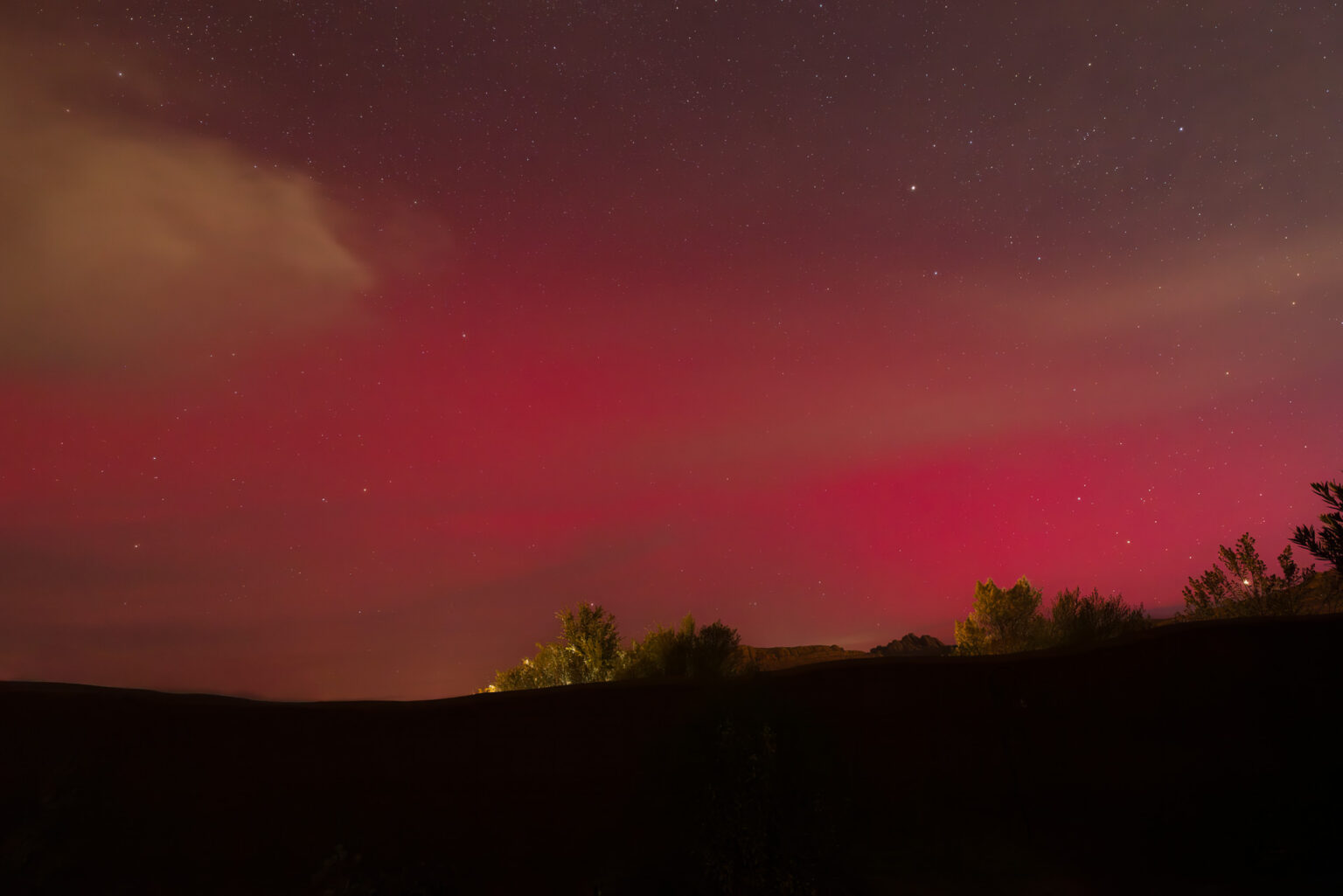
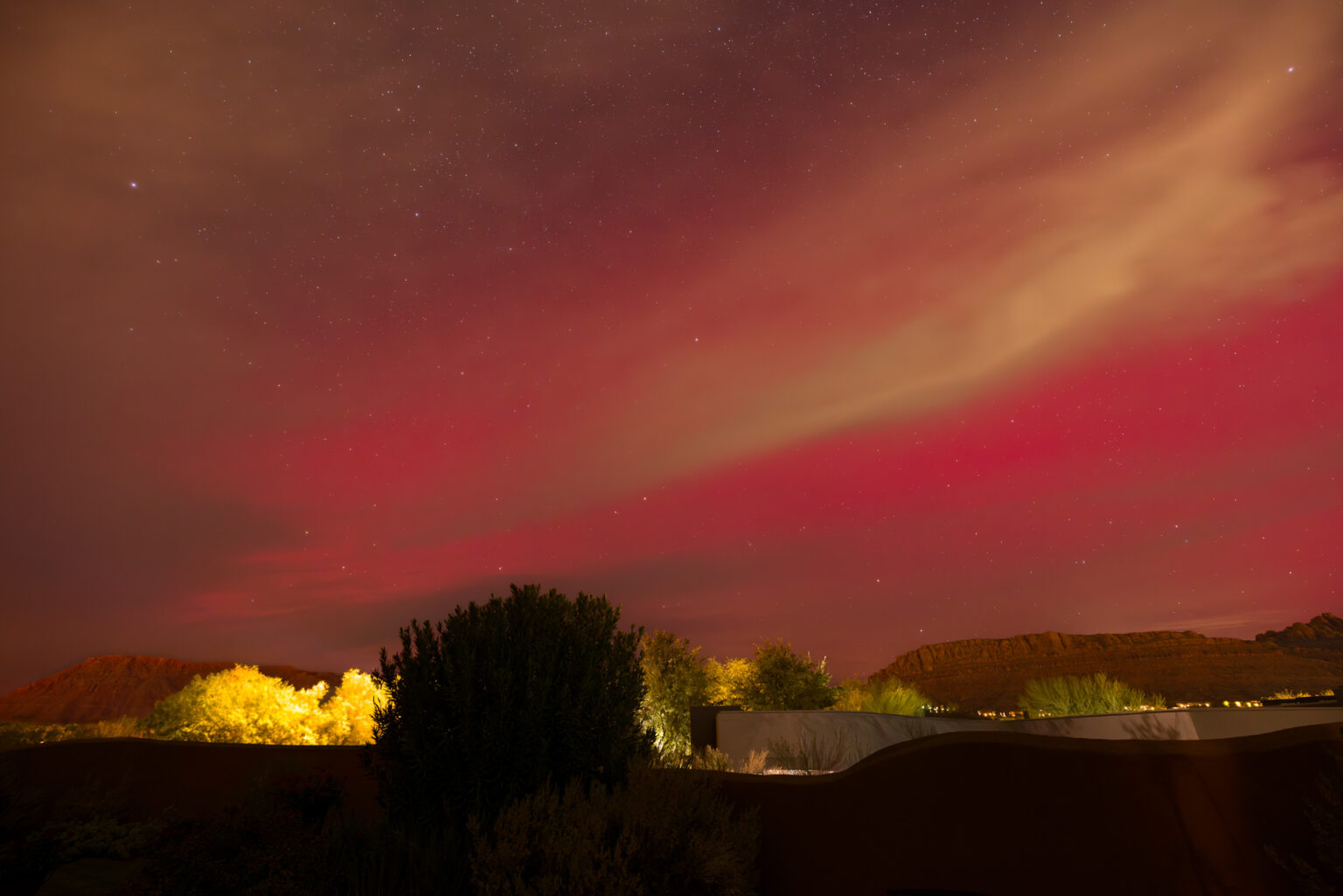
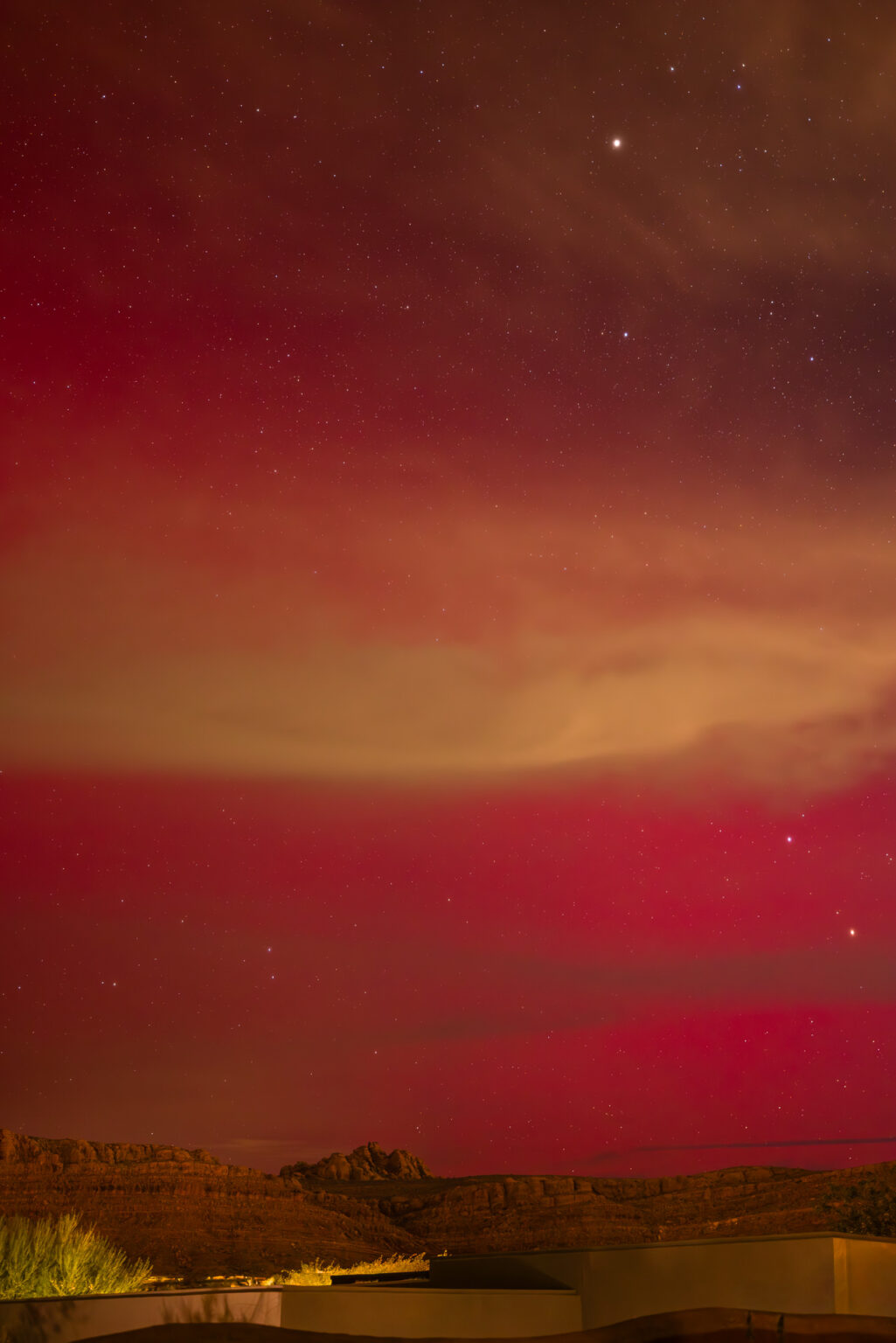

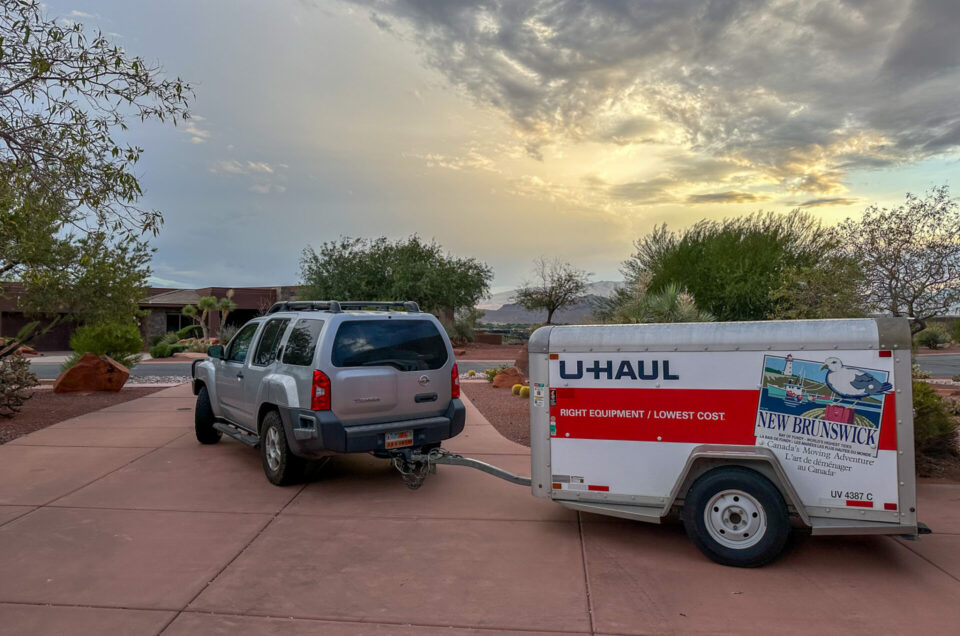
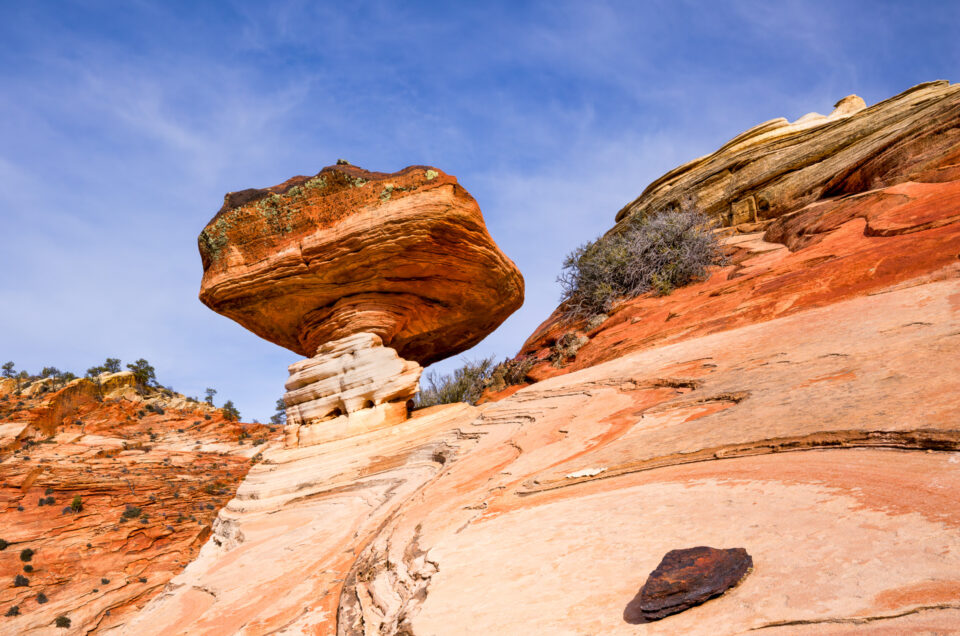
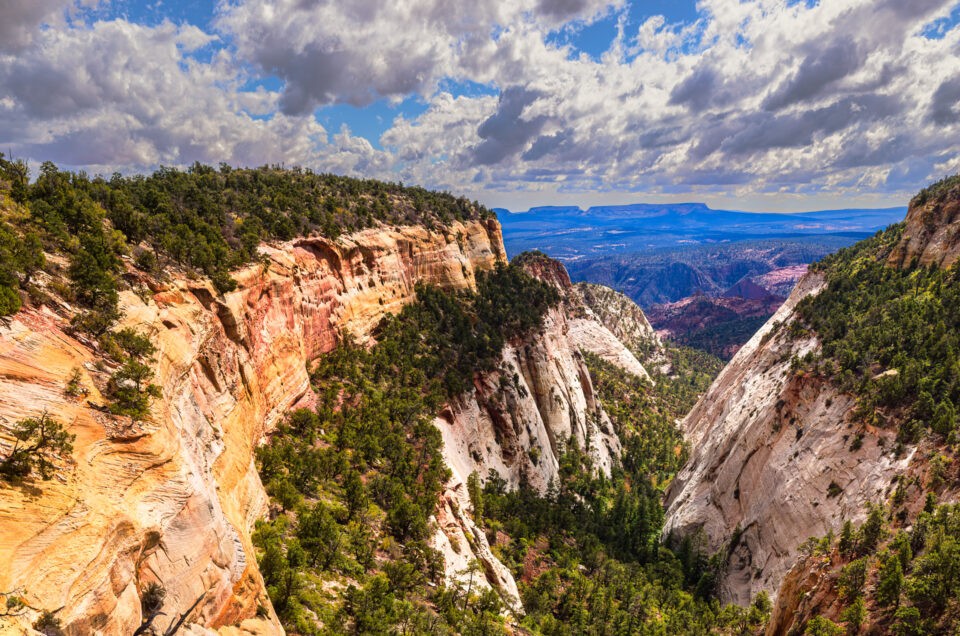
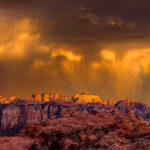

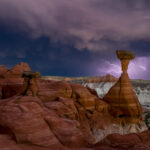

Leave a reply